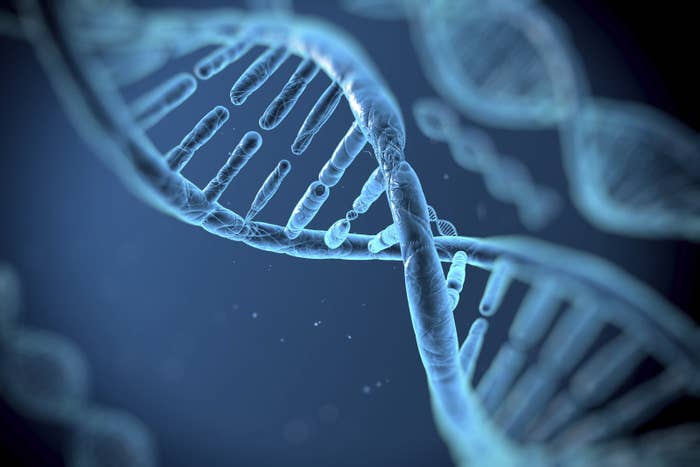
Finding out how our cells repair themselves has won the Nobel Prize in Chemistry for one scientist from the United Kingdom and two from the United States, opening the way to new treatments for cancer and aging.
The three winners — Tomas Lindahl of the Francis Crick Institute and the Clare Hall Laboratory in the U.K., Paul Modrich of the Duke University School of Medicine, and Aziz Sancar of the University of North Carolina, Chapel Hill — will share the nearly $1 million prize.
"The findings have enormous implications," said chemist Sara Snogerup Linse, who chaired the prize selection committee. The work reveals the travails of our genes in responding to damage, as well as how damaged genes in cancer cells resist our attempts to remove them.
Lindahl is a Swedish citizen and was born in Stockholm, where the prize was announced, while Sancar was born in Turkey and retains dual citizenship. All the winners have pioneered discoveries that show DNA contains its own multifaceted repair kit, continuously fixing unwanted deletions, intrusions or other dents in the genetic code.
"I feel very lucky and proud," Lindahl said by phone at the announcement. "It was a surprise. Some people had mentioned I might be considered, but so are hundreds of others."
While the DNA inside our cells had long been considered stable, Lindahl first uncovered a way that bacteria repaired their genes in 1974. That finding then pointed to the likely existence of many other gene repair mechanisms, now known to be numerous.
Everyone who ever suffered a sunburn, for example, knows that ultraviolet radiation damages cells. In the 1980s, Sancar looked for the DNA repair mechanism that cells used to recover from this summertime insult. He first found it in bacteria in 1983, and then turned to the more complicated human mechanism.
Modrich meanwhile showed how "mismatch" errors, which crop up in DNA when cells reproduce, are repaired, first in bacteria and then in human cells. We now know that 99.9% of such DNA reproduction errors are corrected by mismatch repair in human cells.
Lindahl is a member of the Swedish Royal Academy of Science and his award marks the first to a member since 1948 (he was not involved in the selection or voting process). The prize will be awarded on Dec. 10 at a royal ceremony in Stockholm.
